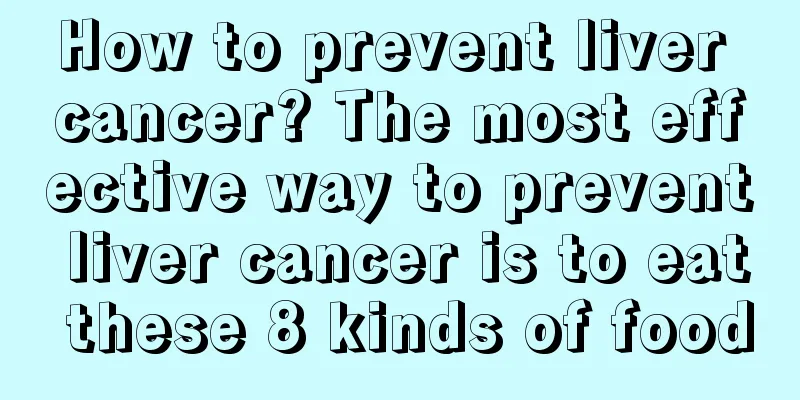What are the hazards of bacteria

|
It turns out that living in different environments and different lifestyles will lead to the occurrence of many diseases. Because everyone's physique is different, bacteria will invade people with weaker bodies. Well, many diseases are caused by bacteria and viruses. Do we know what harm bacteria cause? Let’s take a look at what are the dangers of bacteria? Bacteria can be both useful and harmful to the environment, humans and animals. Some bacteria become pathogens, causing tetanus, typhoid, pneumonia, syphilis, cholera, tuberculosis, gonorrhea, anthrax, plague, trachoma, etc. Throughout human history, infectious diseases caused by bacteria have claimed countless lives. In plants, the bacteria causes leaf spot, fire blight, and wilt. Modes of infection include contact, airborne transmission, food, water and carriers of bacteria. Bacteria are often used together with yeast and other types of fungi to ferment foods. For example, in the traditional production process of vinegar, acetic acid bacteria (Acetobacter) in the air are used to convert wine into vinegar. Other foods made using bacteria include cheese, kimchi, soy sauce, vinegar, wine, yogurt, etc. Bacteria can also secrete a variety of antibiotics, for example, streptomycin is secreted by Steptomyces. The ability of bacteria to degrade a wide range of organic compounds is also often used to clean up pollution, known as bioremediation. Medicine | Education | Network Collection and Organization For example, scientists used methanotrophs to break down trichloroethylene and tetrachloroethylene pollution in Georgia, USA. Bacteria are also important experimental materials in biology. Scientists have used pneumococcus to discover and confirm that DNA is genetic material. With the rise of genetic engineering, scientists have obtained new strains of Escherichia coli that can produce insulin and other substances, and Pseudomonas that have a strong ability to decompose hydrocarbons. The most common one is Staphylococcus aureus. Infection of different parts of the body can cause different diseases. For example, infection of hair follicles can cause boils and carbuncles; infection of the heart can cause acute endocarditis, and so on. Bacterial drug resistance, also known as drug resistance, generally refers to a state in which bacteria's response to drugs is reduced. In other words, the drug's ability to inhibit and kill bacteria is reduced. Drug resistance does not occur in a particular patient, but rather a certain bacterial species as a whole is no longer sensitive to certain antibiotics. Once drug resistance is formed, antibiotics can no longer effectively kill or inhibit them no matter who is infected. The above describes the dangers of alcoholism. In fact, bacteria are everywhere in our lives. For example, there are many bacteria in vegetables, fruits and melons. There are also many details in the food we eat. Also, if we do not change clothes in time, a lot of bacteria will breed every day. So in our living environment, bacteria are everywhere, so we must have a healthy lifestyle and living habits. |
>>: Is vitamin E effective in removing acne scars?
Recommend
Red blood classification
The symptom of red blood streaks is quite common ...
What are some good drugs for vaginal tightening
As modern people's minds gradually open up, t...
The color of the pregnancy test paper becomes lighter
Early pregnancy test strips are a product used to...
My chin feels swollen
The chin is an important component of the human f...
Long wavy hair
As the living standards of today's society im...
Is it okay to leave the tampon inside?
When women reach their menstrual period, they wil...
How to choose a hospital for esophageal cancer
Esophageal cancer refers to cancer that occurs in...
Will kidney crystals turn into stones?
Kidney crystals are a sign of a disease that lead...
Can drinking milk help sober you up?
Today, our living standards are constantly improv...
Can advanced gastric cancer be cured? How long can one live?
Can advanced gastric cancer be cured? How long ca...
The difference between melanoma and nevus
Melanoma and melanocytic nevus are two completely...
What are the symptoms of myocardial infarction?
Myocardial infarction is a common disease, especi...
Genetic rules of nose
Genes are a very powerful thing because they unco...
How to treat pneumoconiosis? Prevention is crucial
Pneumoconiosis is an occupational disease and a s...
Steps to remove freckles by rubbing eggplant peel on your face
Nowadays, many facial masks are made from vegetab...









